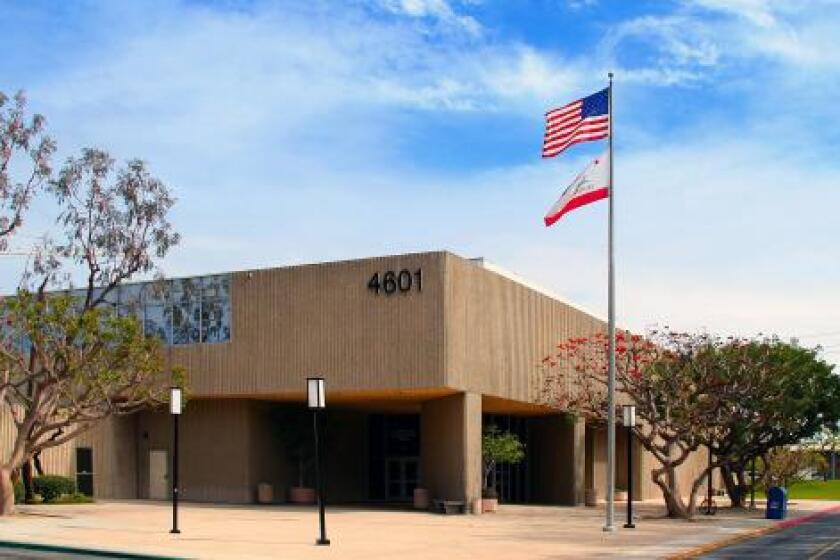Predicting the weather in the next century
- Share via
Marisa O’Neil
While most people watch the evening news to see if they’ll need their
umbrella the next day, researchers on campus are predicting the
weather 300 years from now.
A new $1-million supercomputer in UC Irvine’s department of earth
system science creates models to simulate global climate conditions
hundreds of years from now. Unlike the local weather forecast, it
gives a worldwide, long-term overview.
“We’re not doing the five-day forecast,” said Charlie Zender,
assistant professor of earth system science. “We’re doing the
five-month forecast, the five-year forecast, the 50-year forecast.”
UCI earth system science researchers will use the Earth System
Modeling Facility, which Zender likes to call the “virtual climate
time machine,” to predict overall trends and potential effects of
global warming. It will provide them a general picture, not all the
specifics.
“Our climate forecast tells you what the average daytime
temperature or average minimum overnight temperature might be,”
Zender said. “It’s not going to tell you if it’s going to rain on
your birthday 10 years from now.”
By using past climactic information, current conditions and
projected greenhouse gas emissions, they can predict things such as
the frequency of El Nino events. They are also looking for signs of
rapid climate shifts -- global warming or ice ages -- which have
historically taken place in as little as 10 years, Zender said.
The department purchased the IBM supercomputer with money from a
National Science Foundation grant.
Once the domain of government agencies, supercomputing is starting
to hit the relative mainstream, said Dave Turek, vice president of
deep computing at IBM. UCI’s new computer consists of seven servers
linked together that work as a single system, rather than the
behemoth room-sized supercomputers of days past.
“Supercomputers are pretty ubiquitous and far reaching,” Turek
said. “They’re no longer restricted to the purview of the scientists
you might remember from the science-fiction movies of the 1960s and
‘70s.”
The UCI computer is 528 gigaflops, meaning it can run 528 billion
calculations in one second. Turek ranked it as one of the top 400
supercomputers in the world.
Its use will be devoted to climate research, Zender said, and
eight groups will test their hypotheses on it and write papers based
on its findings. He expects calculations for each project to take
about a week.
“On a per-professor basis, this computer gives UCI more power than
probably any other facility in the country to attack this problem,”
he said. “All the [research] groups include graduate students, so
they can learn the nuts and bolts of climate research from the
beginning to the end.”
All the latest on Orange County from Orange County.
Get our free TimesOC newsletter.
You may occasionally receive promotional content from the Daily Pilot.



